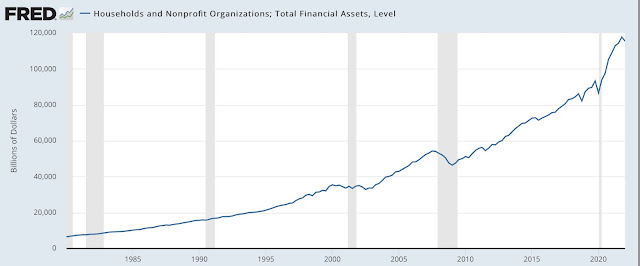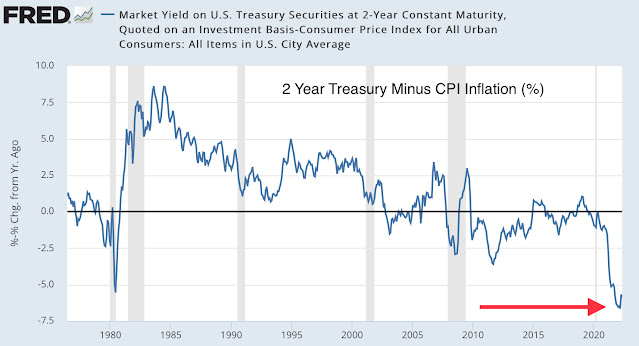The early part of the 20th Century saw the concurrent collapse of four empires and the rise of another to supersede them all. The British, Czarist Russian, Austro-Hungarian and Ottoman empires became victims of WWI, and from their ashes rose the global might of the United States. Its pre-eminence was briefly challenged by the Axis powers during WWII and the USSR during the Cold War, but they all shattered under the overwhelming might of the American economic juggernaut.
America originated as a loose gathering of opportunists, but it found cohesion through a visionary political system and revolutionary Constitution, both designed by its brilliant Founding Fathers. In the absence of common culture, religion, history, or even a common language, the nation was built entirely upon a common set of laws and a unique balance of power among the three Estates. It worked well, until the deeply unequal prosperity between the industrializing North and the agrarian South led to the Civil War. Its aftermath made industrialization the new norm and rapidly created what has held America together ever since: the common prosperity of its mighty, upwardly mobile middle class.
It was the astonishingly rapid rise of this prosperous middle class that begat the myth of the American Dream. Mind you, I’m using myth in its Ancient Greek interpretation of mythos, ie a morality tale, and not today’s meaning of “unreal story”. The American Dream was, however briefly as History goes, a very solid reality evident in the high living standards of most American households. Rising from the abject poverty of late 19th Century city slums to the detached homes of 1960s suburbia, America’s middle class was mythical, indeed.
The common prosperity of the middle class is now gone. I won’t produce statistics as proof, though I certainly could; all I need to mention is MAGA as the Presidential race slogan - emphasis on Again. So, if not a common prosperity, what’s left to keep the Nation together? Why, the original glue, of course: the Constitution and the balance of power between the Executive, Legislative and Judicial Estates. How are they holding up? In a word, terribly.
- Starting from the Constitution, the three most recent Supreme Court decisions on guns, abortions and public school prayer clearly show that the Court has completely lost touch with society and become highly politicized - even downright partisan. Our society depends on laws that keep pace with the times, not literal interpretations of codices and scriptures written eons ago.
- The Legislature is polarized in the extreme (see chart below, from Ray Dalio), and has no parliamentary traditions to create workable consensuses. America’s political system is winner-take-all, unlike in Europe where multiparty governments are the norm.

- The Executive branch has become increasingly imperial. Following almost precisely the ancient Roman timeline, Reagan and Clinton were as Julius Caesar and Augustus, our Tiberius is a combination of Bush and Obama, and Trump is our very own Tweeter-manic Caligula. And he has been succeeded - just as in Rome - by the old, feeble, stuttering Biden as our Claudius. It seems that US history is suffering from Imperial Repetition Syndrome.
- The Judiciary is still doing ok, I guess, but even there landmark decisions on socially sensitive issues follow political lines. There is always more publicity around SCOTUS, but there are hundreds of significant decisions from State courts, and they show a marked influence by politically powerful lobbies.
My conclusion, sadly, is that America's Empire is on the wane. To paraphrase, "it's twilight in America".





























